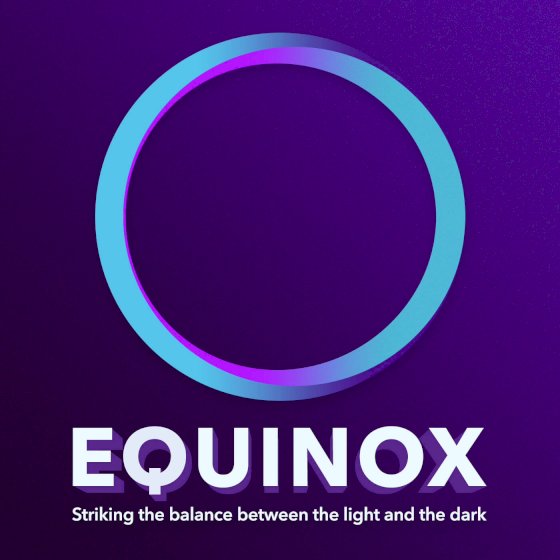Dating the Carbon-14 Way
In this episode:
Dr. Rob Carter and Joseph Darnell
The science isn’t as certain as some scientists want you to think. There’s a theoretical limit to how old you can date things with carbon-14. The fact that we find it in every carbon source on earth, the planet cannot be more than one million years old according to the dating methods. Learn all about it with Rob and Joseph!
Highlights and Show Notes
Earth’s magnetic field: evidence that the earth is young
- Why were scientists/people interested in dating old stuff in the first place?
- Many radiometric dating techniques (U ->Pb, Ar->Ar, etc.)
- C14 not good for old-earth calculations
- Invented during WWII, Willard Libby, U Chicago
- What can’t you date with radiometric dating methods?
- Short half-life (5730 years), so it needs a source, where does it come from?
- Cosmic rays strike N14 atoms in the upper atmosphere
- Cosmic rays = high-energy protons
- Fractionation in plants: C12 > C13 > C14
- Less in ocean than in atmosphere
- Southern Hemisphere atmosphere about 40 carbon years older
- Water that passes through limestone will be “older”
- How to measure: Geiger counters -> accelerator mass spectrometers
- Accuracy? Depends on age, +/- 80 years not unheard of
- Depends on earth’s magnetic field, which has been decaying exponentially since we started measuring it (-5% per century)
- Atmospheric nuclear testing during the ‘50s and ‘60s ruins any modern sample
- Richard III, House of York, last of the Plantagenets, died in Battle of Bosworth near Leicester, 1485, end of War of Roses
- Syphilitic skeletons in Portugal
- So, in summary, how is radiometric dating actually useful and reliable in any way?


